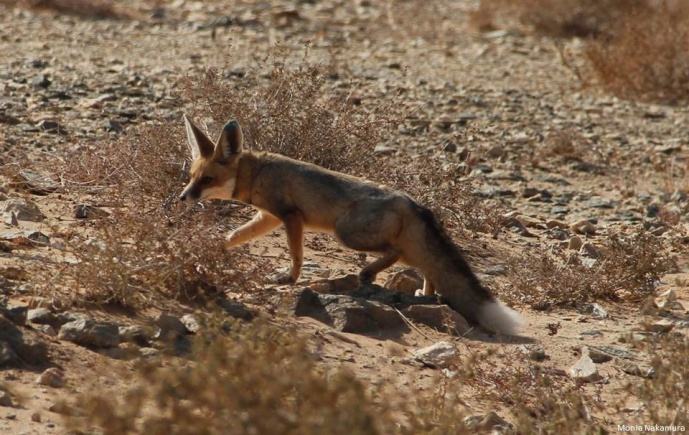HOTFOXES - Life in the desert: deciphering the genomic architecture of extreme-environment adaptation using North-African foxes
Extreme environments offer a natural experimental setting to investigate the evolution of remarkable adaptive traits. This project aims to address the genomic architecture underlying fast evolutionary adaptation in deserts by focusing on the recent divergence between the red fox (Vulpes vulpes) and the Rueppell's fox (V. rueppellii), a species adapted to the arid regions of the largest desert in the world, the Sahara. By using a powerful multidisciplinary approach that integrates evolutionary histories, molecular population genetics and eco-physiology data with cutting edge genomic tools, we expect to identify and characterize i) the processes of genomic divergence between the two sister-species, ii) the functional roles of the most relevant genes and gene changes involved in the adaptation of V. rueppellii to extreme arid settings, and iii) the relevance of those genes on the parallel adaptation of the more distantly related, desert-dwelling fox species V. zerda and V. pallida.
Rasmus Nielsen (UC Berkeley)







